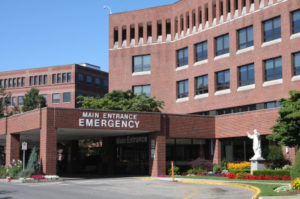MACPAC: Medicaid DSH Payments Not Always Reaching Targeted Providers
In many cases, Medicaid disproportionate share payments (Medicaid DSH) are being made to hospitals that do not necessarily serve especially large proportions of Medicaid and other low-income patients.
So concludes a new report from The Medicaid and CHIP Payment and Access Commission (MACPAC), is a non-partisan legislative branch agency that performs policy and data analysis and makes recommendations to Congress, the Secretary of the U.S. Department of Health and Human Services, and the states on issues affecting Medicaid and the State Children’s Health Insurance Program (CHIP).
According to a new MACPAC report,
Medicaid DSH payments provide substantial support to safety-net hospitals by helping to offset uncompensated care costs for Medicaid and uninsured patients. In 2014, Medicaid made a total of $18 billion in DSH payments ($8 billion in state funds and $10 billion in federal funds). About half of all U.S. hospitals receive such payments, with most going to hospitals that serve a particularly high share of Medicaid and other low-income patients, known as deemed DSH hospitals. But more than one-third of DSH payments are made to hospitals that do not meet this standard.
 To remedy this problem, MACPAC recommends more and better data collection, noting that
To remedy this problem, MACPAC recommends more and better data collection, noting that
The current variation in state DSH allotments stems from the variations that existed in state DSH spending in 1992.
Medicaid DSH has long been a subject of great interest to Pennsylvania’s safety-net hospitals because, serving so many Medicaid and low-income patients, they are the very providers for which Medicaid DSH payments have always been intended.
The MACPAC analysis Report to Congress on Medicaid Disproportionate Share Hospital Payments covers a broad range of Medicaid DSH-related issues. Find it here, on the MACPAC web site.





